filter
-
Brand
- By Category
- Direction
- Date Range
214Events
Pictures
Events

Editorial Florida News, Tarpon Springs, USA - 23 Oct 2024
- 2024-10-24
- 1
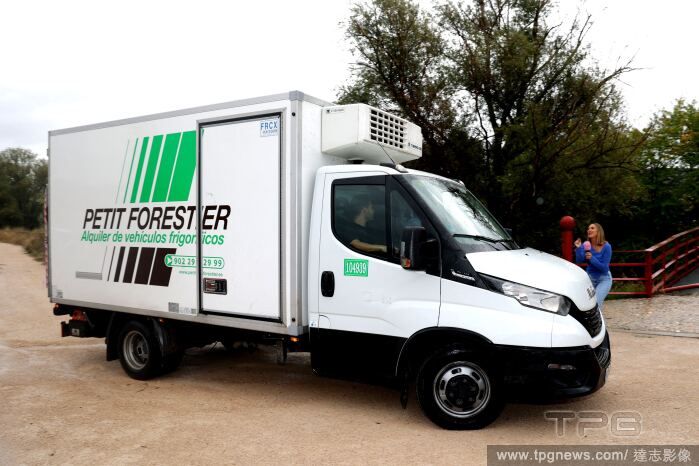
Editorial Preparations continue at the estate where ?ngel Cristo JR and Ana Herminia will tie the knot
- 2024-10-17
- 3

Editorial Preparations continue at the estate where Ángel Cristo JR and Ana Herminia will tie the knot
- 2024-10-17
- 3

Editorial Russia Far East Maritime Navigation
- 2024-08-15
- 1
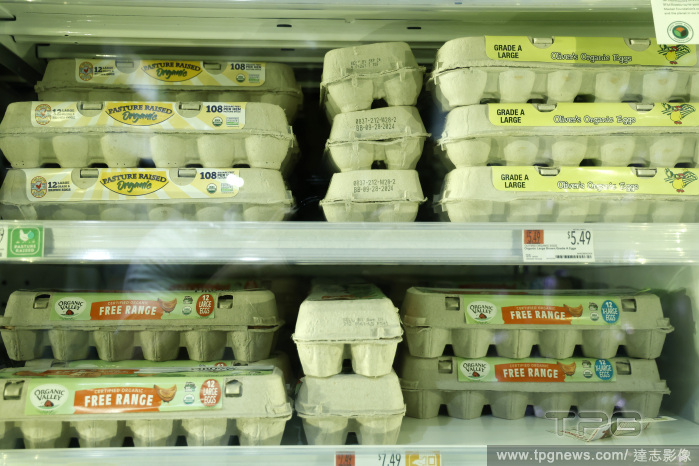
Editorial Food Prices-Eggs -Economy- Inflation
- 2024-08-11
- 2
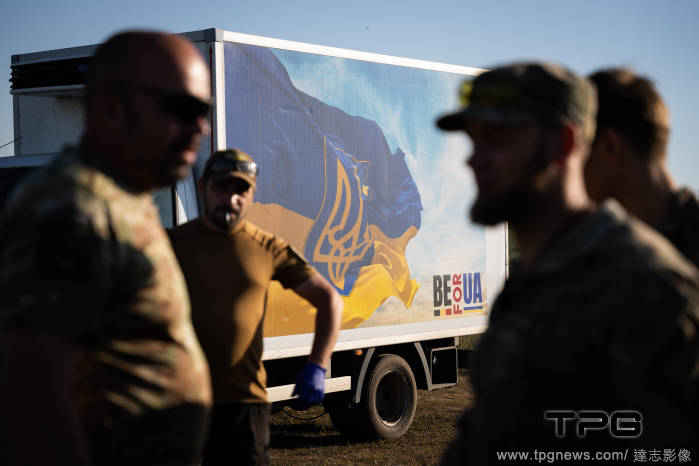
Editorial Recovery of bodies from the front.
- 2024-07-25
- 1
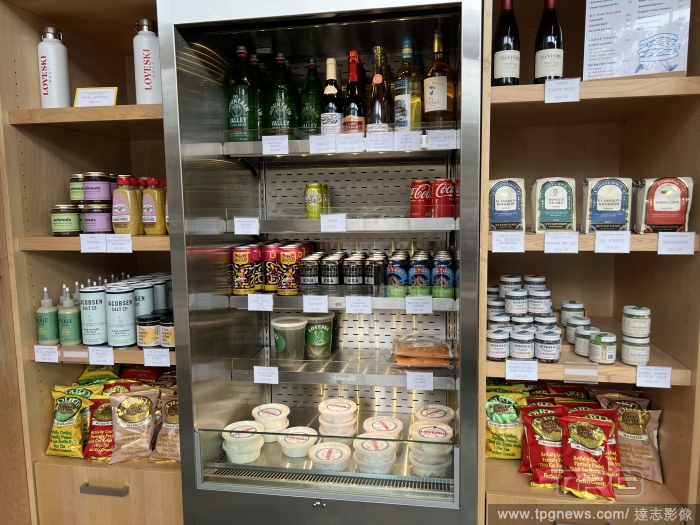
Editorial California Restaurants and Food Brands
- 2024-07-17
- 1

Editorial Russia National Blood Donor Day
- 2024-04-16
- 6

Editorial Illustration Of A Slaughterhouse - France, Guillestre - 26 Mar 2024
- 2024-03-27
- 2

Editorial Russia Presidential Elections Early Voting
- 2024-03-05
- 13

Editorial Brands and Products
- 2024-02-01
- 1

Editorial North Atlantic
- 2023-12-27
- 2
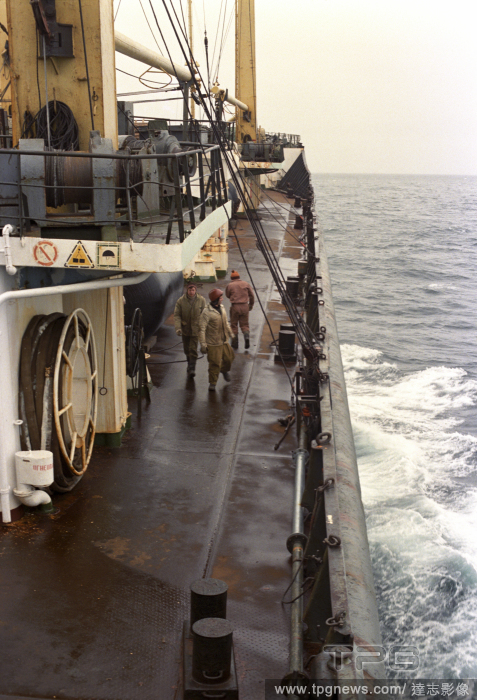
Editorial North Atlantic
- 2023-12-26
- 12

Editorial Vaccine storage options in case of power outages demonstrated in Kyiv
- 2023-12-20
- 3

Editorial Vaccine storage options in case of power outages demonstrated in Kyiv, Ukraine - 19 Dec 2023
- 2023-12-20
- 3

Editorial Ont Ford Alcohol Sales, Toronto, Can - 07 Dec 2023
- 2023-12-15
- 1

Editorial North Atlantic
- 2023-11-29
- 7

Editorial North Atlantic
- 2023-11-27
- 8
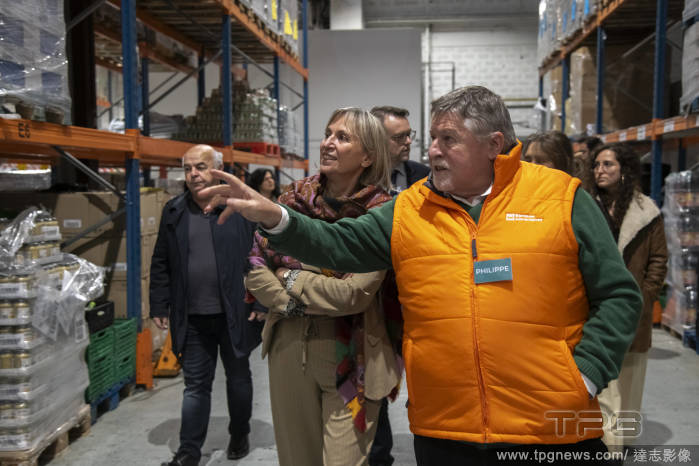
Editorial Launch of the food bank drive. The Banque Alimentaire is organizing its annual food drive from November 24 to 26.
- 2023-11-25
- 33

Editorial North Atlantic
- 2023-11-23
- 5
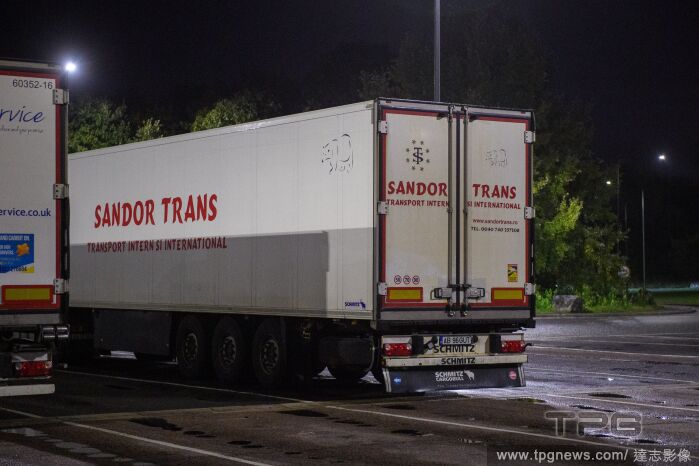
Editorial People found in lorries at Reading services in Berkshire, London, UK - 09 Nov 2023
- 2023-11-09
- 7

Editorial Russia Environment
- 2023-10-28
- 1
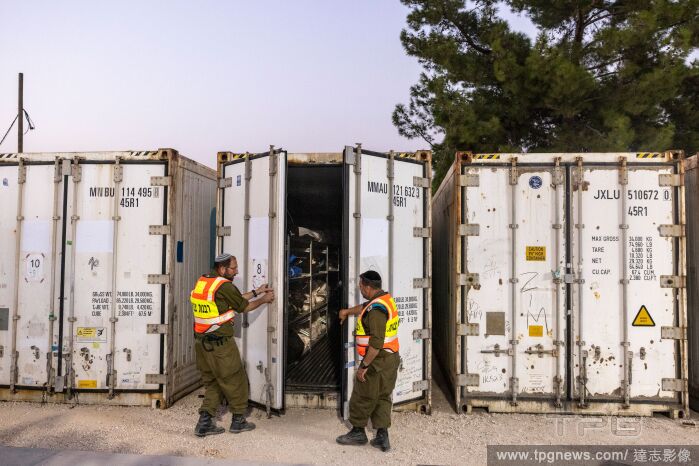
Editorial Humanitarian crisis, Israel - Oct 2023
- 2023-10-26
- 3
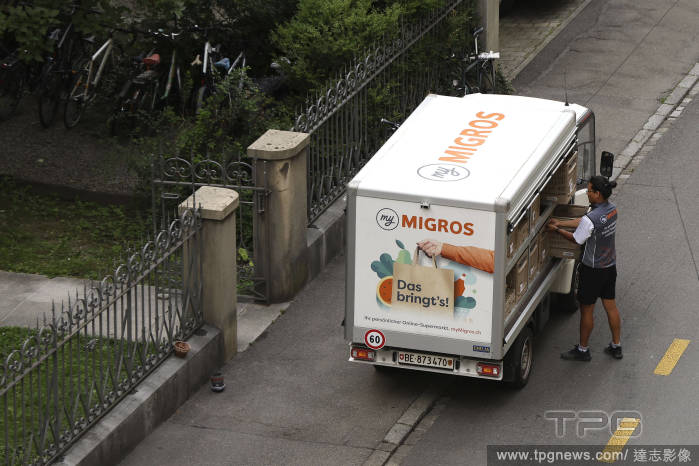
Editorial Home delivery driver for a food giant in an electric van in Switzerland.
- 2023-08-06
- 13

Editorial The body of a dead Russian soldier lies inside a refrigerated railway wagon on the outskirts of Kharkiv, in eastern Ukraine on April 8, 2023. (Mauricio Lima/The New York Times)
- 2023-04-20
- 1

Editorial Hospital workers transfer bodies to a refrigerated truck at Wyckoff Heights Medical Center in Brooklyn, April 4, 2020. (Victor J. Blue/The New York Times)
- 2023-04-08
- 1

Editorial Pig peeks out of police cruiser after being rescued by cops
- 2023-02-15
- 1
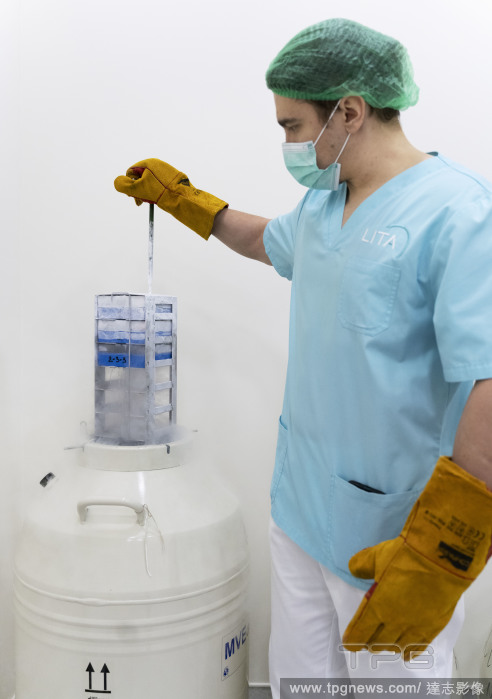
Editorial Fertility Clinic, Ukraine - 16 Jan 2023
- 2023-01-25
- 4

Editorial LIFE-GUNSHOT-SURVIVOR-BLOODDRIVES-2-KC
- 2023-01-24
- 1
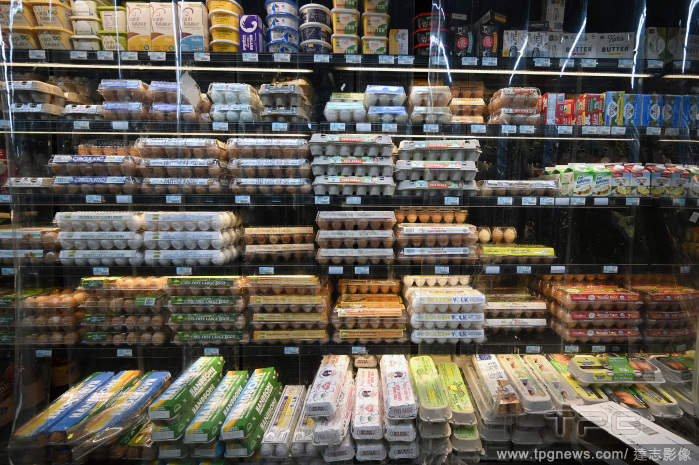
Editorial NY: Egg Prices Up More Than 50 Percent Over Year
- 2023-01-21
- 1
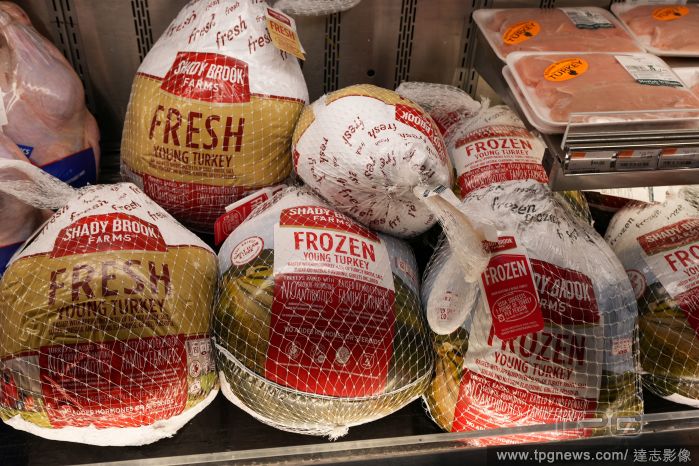
Editorial Thanksgiving Turkeys, New York City, United States - 23 Nov 2022
- 2022-11-25
- 4
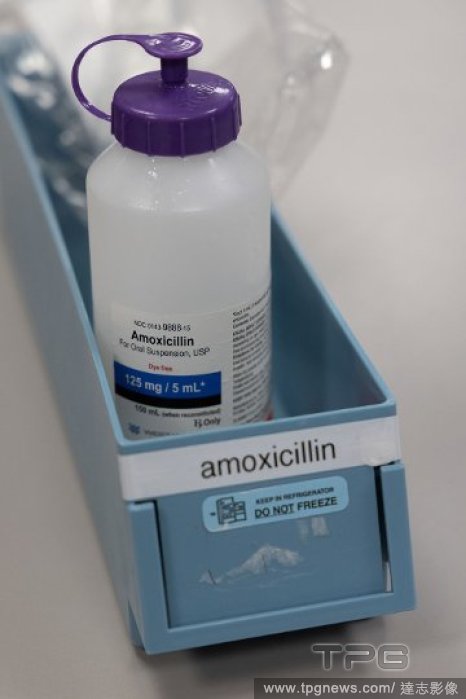
Editorial LIFE-HEALTH-AMOXICILLIN-QA-TB
- 2022-11-16
- 1
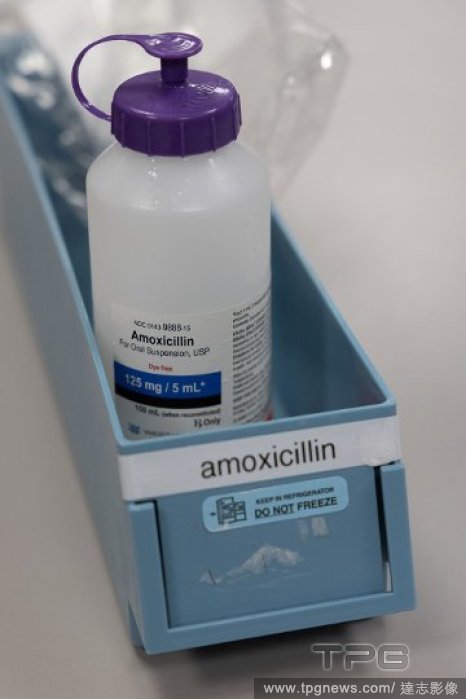
Editorial LIFE-HEALTH-AMOXICILLIN-SHORTAGE-2-TB
- 2022-11-12
- 1

Editorial Workers load 450 boxes of lobster tails from an industrial freezer into a refrigerated shipping container, to be exported to Australia, at the Northern Fishermen Cooperative Society in Belize City, the capital of Belize, Aug. 31, 2022. (Meridith Kohut/The New York Times)
- 2022-11-08
- 1
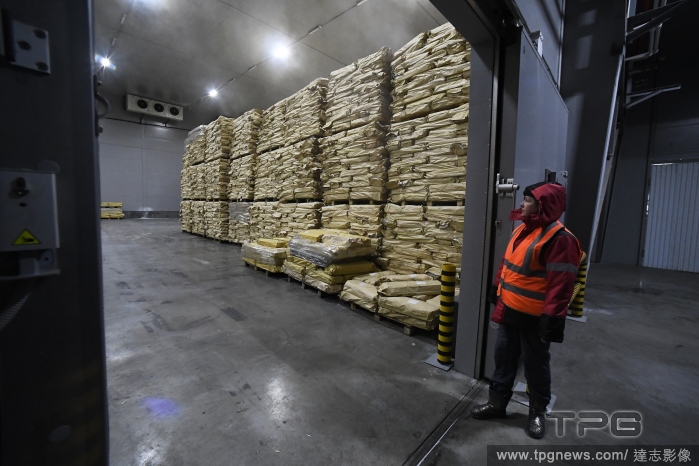
Editorial Russia Economy Port
- 2022-10-28
- 8

Editorial The preparation of the potato gnocchi, whether shelf-stable, frozen (and thawed) or refrigerated, for one pan shrimp scampi with crispy gnocchi, in New York, Oct. 18, 2022. Food styled by Hadas Smirnoff. (Kate Sears/The New York Times)
- 2022-10-25
- 1
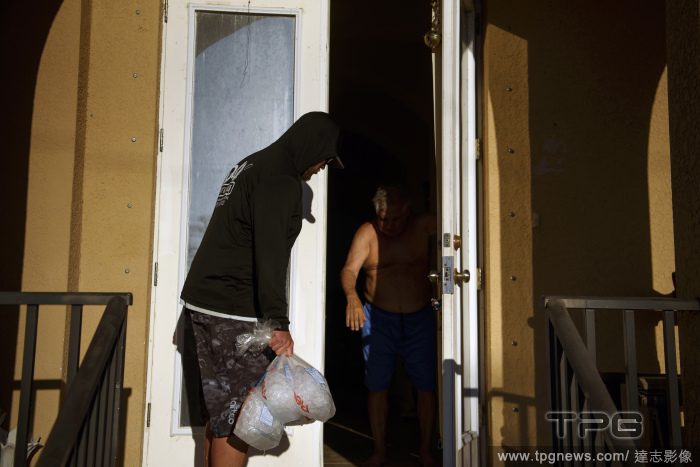
Editorial In the aftermath of Hurricane Ian, Doug Root delivers ice on Sunday, Oct. 2 2022, to a man in Naples, Fla., whose wife needed to keep her insulin refrigerated. (Callaghan O'Hare/The New York Times)
- 2022-10-06
- 1
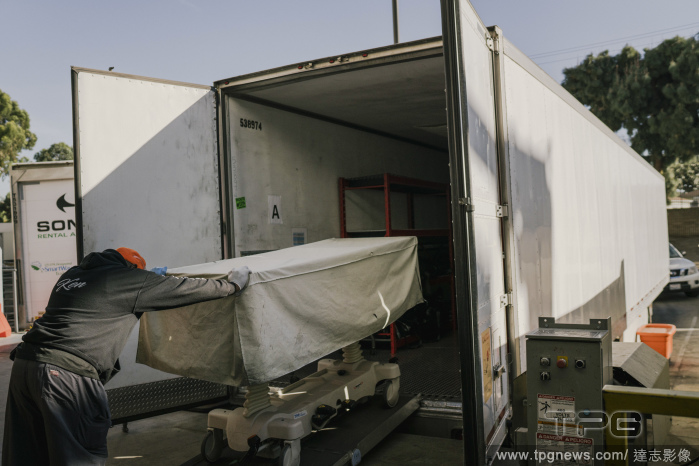
Editorial A COVID victim is transferred to a refrigerated morgue trailer outside a hospital in Los Angeles, Jan. 21, 2021. (Isadora Kosofsky/The New York Times)
- 2022-08-31
- 1

Editorial Heatwave, Tesco Supermarket, Taplow, Buckinghamshire, UK - 19 Jul 2022
- 2022-07-20
- 6
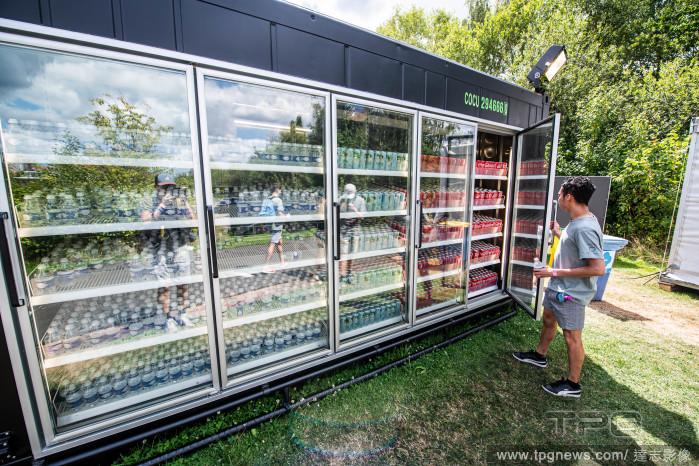
Editorial Culture Tomorrowland Festival Day 1, Boom, Belgium - 15 Jul 2022
- 2022-07-16
- 1
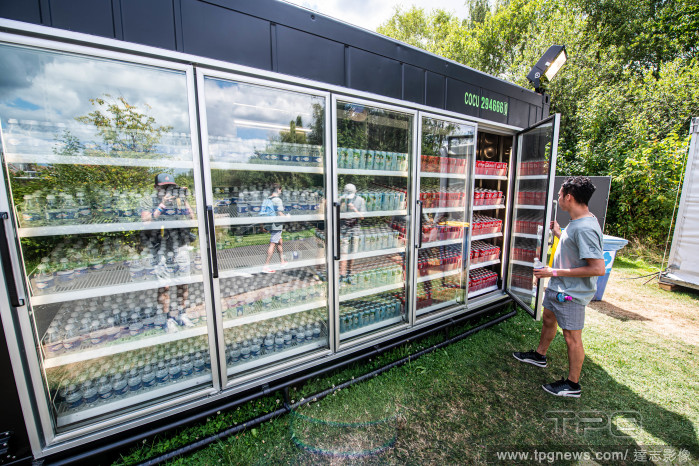
Editorial Europe News - July 15, 2022
- 2022-07-16
- 1
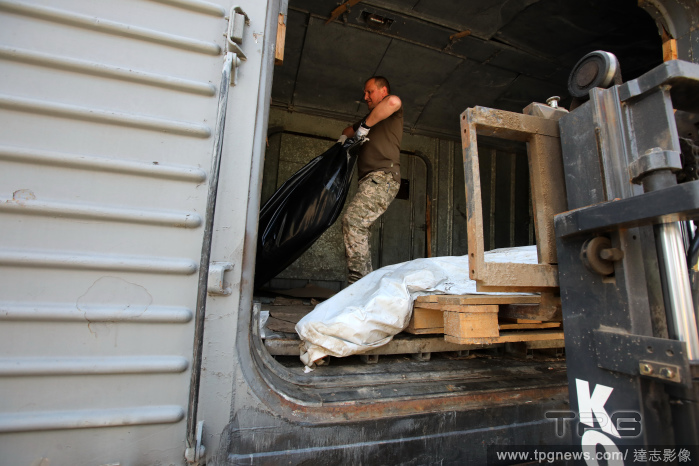
Editorial Bodies of destroyed russian occupiers collected in wagons in Kharkiv Region, Ukraine - 18 Jun 2022
- 2022-06-21
- 6

Editorial Bodies of destroyed russian occupiers collected in wagons in Kharkiv Region
- 2022-06-20
- 10
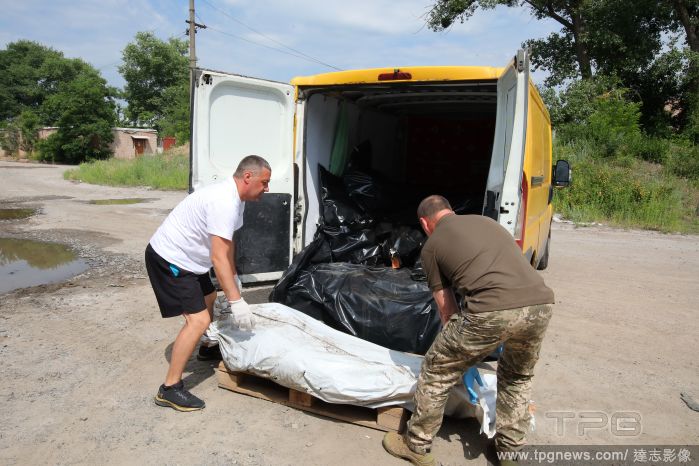
Editorial Bodies of destroyed russian occupiers collected in wagons in Kharkiv Region, Ukraine - 18 Jun 2022
- 2022-06-20
- 10
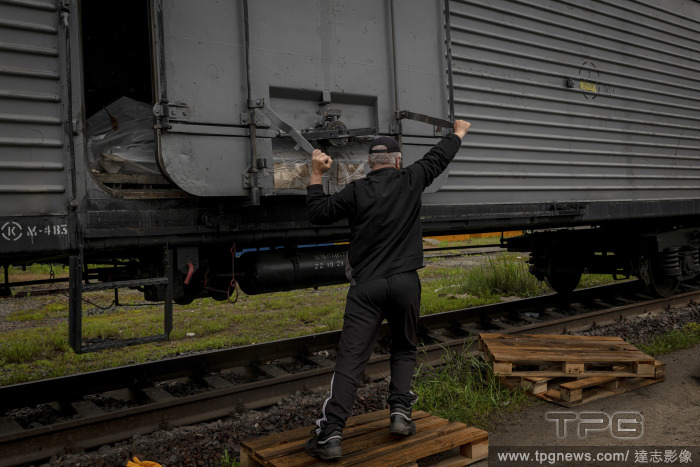
Editorial A worker opens a refrigerated train car storing the corpses of dozens of Russian soldiers that were left behind as their units were pushed back or withdrew from around Kharkiv, Ukraine, on May 29, 2022. (Nicole Tung/The New York Times)
- 2022-06-05
- 1

Editorial The bodies of 62 Russian soldiers in bags, stored in a refrigerated train car on the outskirts of Kharkiv, Ukraine, May 29, 2022. (Nicole Tung/The New York Times)
- 2022-05-30
- 3
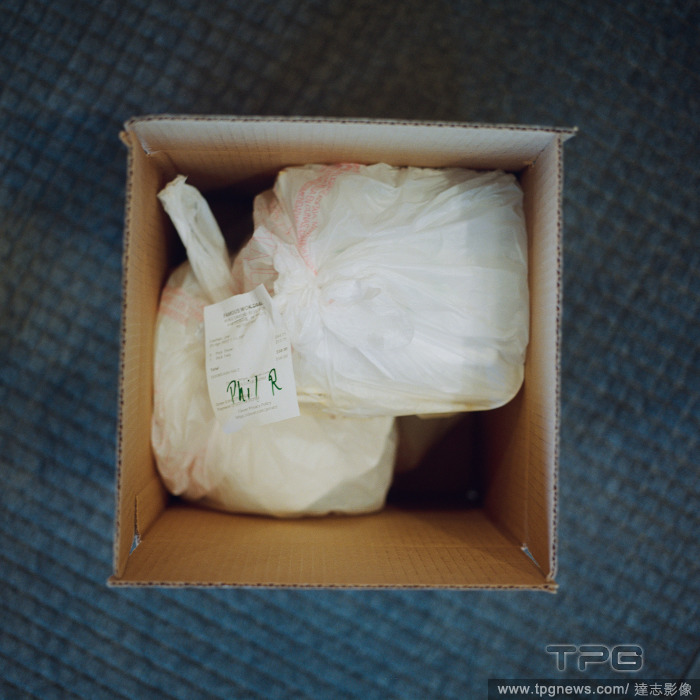
Editorial DoorDash food orders, which are boxed and refrigerated before delivery, at Alaska Air Transit in Anchorage, April 20, 2022. (Ash Adams/The New York Times)
- 2022-05-11
- 2

Editorial Adam Goldberg, the owner of Popupbagels, by a refrigerated catering van at one of the company’s pickup locations, in Redding, Conn., March 6, 2022. (Jane Beiles/The New York Times)
- 2022-05-03
- 1
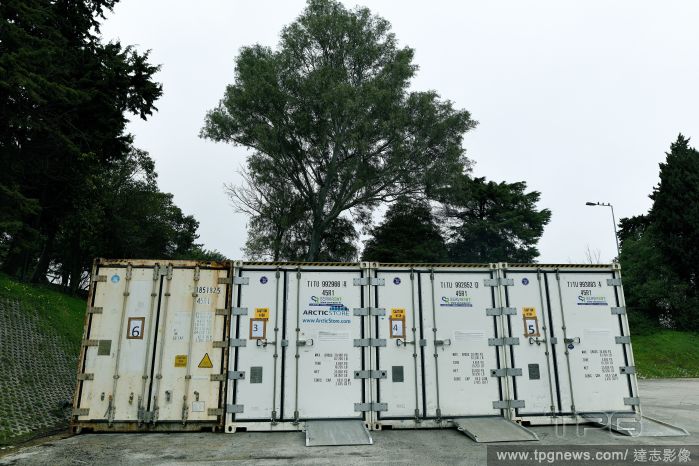
Editorial Health Workers In The New Triage Center For Covid-19, Lisbon, Portugal - 01 Feb 2021
- 2022-03-22
- 2
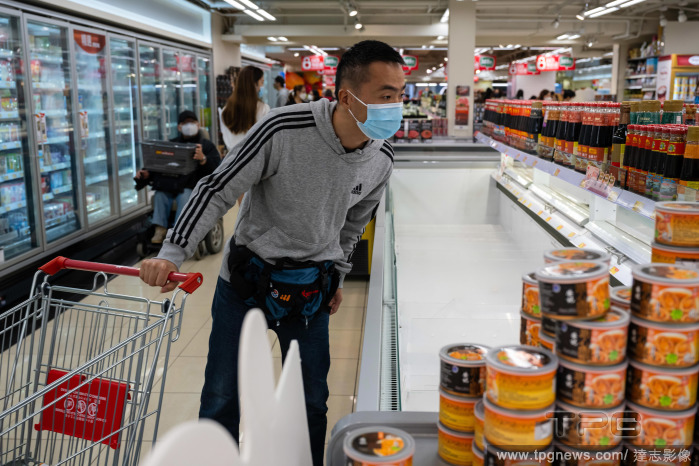
Editorial An empty refrigerated case at a Hong Kong supermarket on March 1, 2022. Worried about being stranded during a lockdown with scarce supplies, residents have rushed to buy essentials. (Billy H.C. Kwok/The New York Times)
- 2022-03-19
- 1
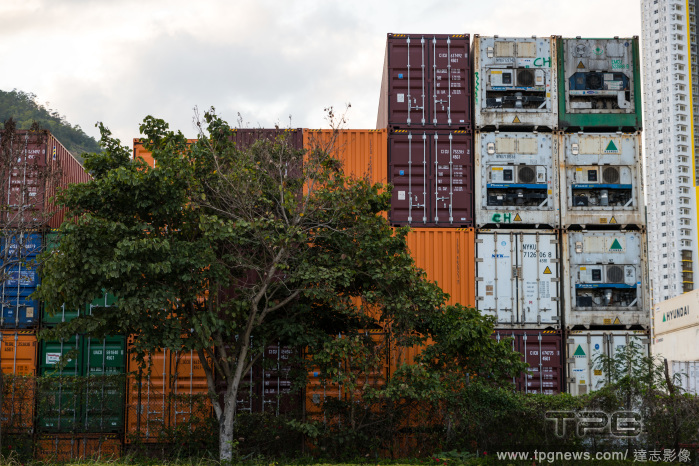
Editorial Isolation Facilities Keep Bringing People In, Despite Alleged Fall In Contaminations In China, Hong Kong - 12 Mar 2022
- 2022-03-13
- 1

Editorial Marshal Rokossovsky road-rail ferry
- 2022-03-05
- 3

Editorial FOOD-RODRICKS-COLUMN-BZ
- 2022-02-24
- 1

Editorial Hong Kong Prepares For Lunar New Year, China - 14 Jan 2022
- 2022-01-15
- 2

Editorial FOOD-RODRICKS-COLUMN-BZ
- 2021-12-20
- 1

Editorial Covid-19 NHS Mobile Booster Jabs, Gerrards Cross, Buckinghamshire, UK - 10 Dec 2021
- 2021-12-10
- 4

Editorial Bc Flooding, Chilliwack, Canada - 19 Nov 2021
- 2021-11-20
- 1

Editorial Lorry driver crisis could worsen amid threat of new DVLA strike in London, UK - 13 Oct 2021
- 2021-10-14
- 1

Editorial The body of Gabriel Flores is taken to a refrigerated trailer outside Martin Luther King Jr. Community Hospital after he died of Covid-19 in Los Angeles, Jan. 21, 2021. (Isadora Kosofsky/The New York Times)
- 2021-10-09
- 1

Editorial Chicken is tossed with lemon, herbs and aromatics, and refrigerated for up to 12 hours before roasting, in New York on Sept. 10, 2021. Food Stylist: Simon Andrews. Prop Stylist: Christina Lane. (Johnny Miller/The New York Times)
- 2021-09-28
- 1

Editorial Boxes in a refrigerated container
- 2021-09-24
- 1

Editorial Shoppers face longs lines and low supplies during Coronavirus Pandemic in San Francisco, Washington, District of Columbia, United States - 16 Mar 2020
- 2021-09-12
- 1
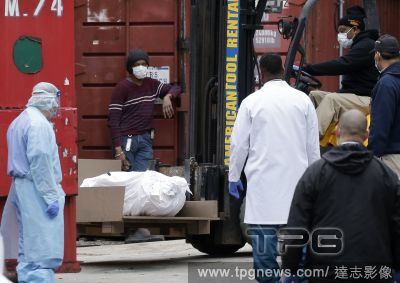
Editorial Death toll climbs from Coronavirus outbreak in New York City, Brooklyn, United States - 31 Mar 2020
- 2021-09-10
- 14
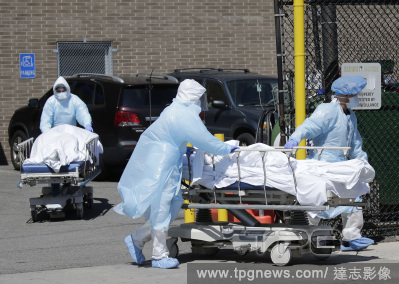
Editorial Coronavirus outbreak in New York City, Brooklyn, United States - 06 Apr 2020
- 2021-09-10
- 6
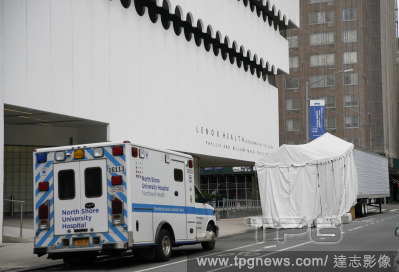
Editorial COVID-19 pandemic in New York, United States - 11 May 2020
- 2021-09-10
- 1

Editorial Hospital workers transfer the bodies of people who died of COVID-19 to refrigerated trucks at Wyckoff Heights Medical Center in Brooklyn on April 4, 2020. (Victor J. Blue/The New York Times)
- 2021-09-10
- 1

Editorial Meats, Fruits, Vegetables on Diplay at Colorado Supermarket, Lakewood, United States - 20 Jun 2012
- 2021-08-25
- 2

Editorial California Food
- 2021-07-24
- 1

Editorial Covid Ont Reopening, Ottawa, Canada - 16 Jul 2021
- 2021-07-17
- 1

Editorial Workers transport a body to a refrigerated truck temporarily used as a morgue for victims of COVID-19 at Wyckoff Heighs Medical Center in New York, April 4, 2020. (Victor J. Blue/The New York Times)
- 2021-07-15
- 1

Editorial ENTER-MOVIE-METZ-COLUMN-TB
- 2021-07-09
- 2

Editorial Pacific Northwest Record Setting Heatwave
- 2021-06-29
- 1

Editorial Boxes in a refrigerated container
- 2021-06-27
- 1
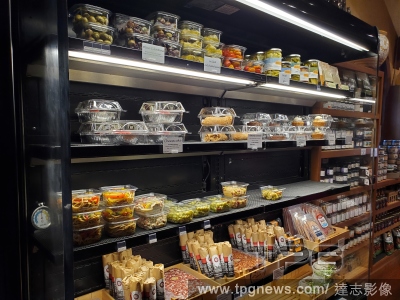
Editorial V. Sattui Winery
- 2021-04-08
- 1
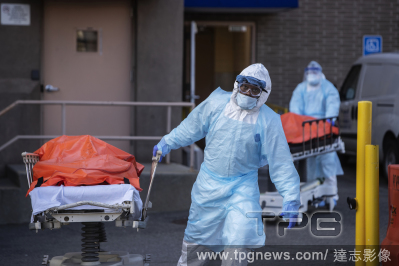
Editorial Hospital workers transfer bodies to a refrigerated truck at Wyckoff Heights Medical Center in Brooklyn, April 4, 2020. (Victor J. Blue/The New York Times)
- 2021-04-01
- 1
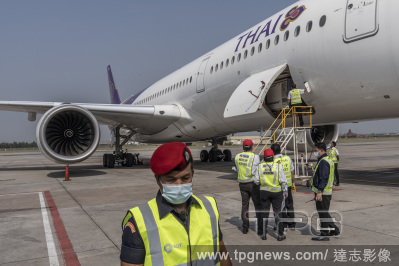
Editorial Airport ground crew workers offload a refrigerated container of COVID-19 vaccines in Bangkok, Feb. 24, 2021. (Adam Dean/The New York Times)
- 2021-03-22
- 1

Editorial South Korea: First Shipment of Pfizer-BioNTech Covid-19 Vaccine Arrives
- 2021-02-26
- 8

Editorial Airport ground crew prepare to offload a refrigerated container carrying the first delivery of COVID-19 vaccines to Thailand, at Suvarnabhumi Airport in Bangkok, Thailand on Wednesday, Feb. 24, 2021. (Adam Dean/The New York Times)
- 2021-02-24
- 2
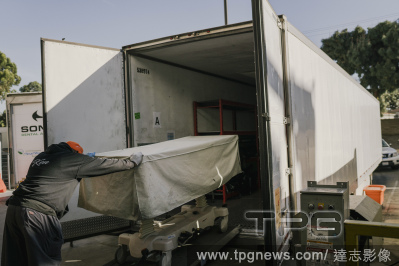
Editorial The body of Gabriel Flores is taken to a refrigerated trailer outside Martin Luther King Jr. Community Hospital after he died of Covid-19 in Los Angeles, Jan. 21, 2021. (Isadora Kosofsky/The New York Times)
- 2021-02-09
- 1

Editorial Opening of the first COVID-19 vaccination center at the town hall of the City of Marseille, France - 18 Jan 2021
- 2021-01-19
- 1

Editorial Brazil: Covid-19 burials in new location in Manaus
- 2021-01-15
- 1
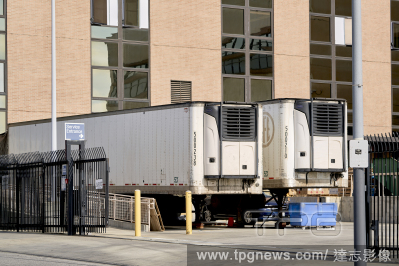
Editorial Refrigerated trucks are parked at Adventist Health White Memorial hospital in Los Angeles on Jan. 7, 2021. (Philip Cheung/The New York Times)
- 2021-01-10
- 1

Editorial COVID-19 Vaccination in Firmat, Argentina - 04 Jan 2021
- 2021-01-05
- 1
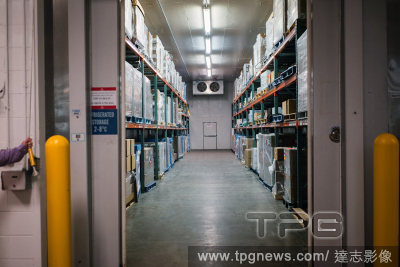
Editorial A refrigerated storage room at PCI Pharma Services in Philadelphia on Nov. 18, 2020. (Hannah Yoon/The New York Times)
- 2020-12-16
- 2

Editorial Glace Carbonique
- 2020-12-12
- 16
 Loading
Loading 